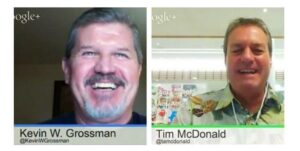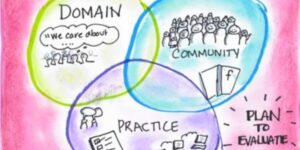
We’re Turning Three! Let’s Celebrate Community #TChat Preview
Can you believe #TChat has been going strong for three years? Time flies on the stream! Let’s talk about the future of social learning and your thoughts on community

Can you believe #TChat has been going strong for three years? Time flies on the stream! Let’s talk about the future of social learning and your thoughts on community

TalentCulture is thrilled to be featured on Forbes List of “Best Websites For Your Career.” Why? In the spirit of lists everywhere, here are 3 reasons…

Digital communities: Why are they a challenge for businesses to create and maintain? How can enterprise organizations up their community game?
Quid pro quo. It’s a concept as old as civilization. And it’s a dynamic that lives at the core of every successful community — large or small, business or otherwise. This was the premise for a week of #TChat devoted to understanding what makes talent communities work…
I never get tired of talking about social communities and their impact on brands and the recruiting process for the right talent. But what does it mean to “manage” communities – and what is the role of a “community manager” in today’s social business environment?
What’s your morning communications, social media routine like? Mine’s getting more complicated every day. Personally, just email requires checking at least three accounts on three
Written by Omowale Casselle Recently, I have been paying a lot of attention to different chats that happen on Twitter. Quite honestly, these community focused
How can your organization make collaboration a competitive advantage? Here are some great ideas to put your workforce on the right track…